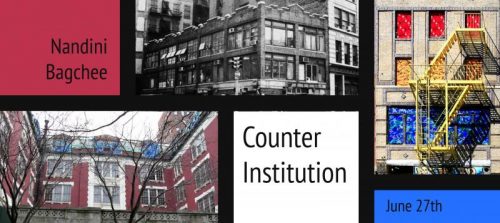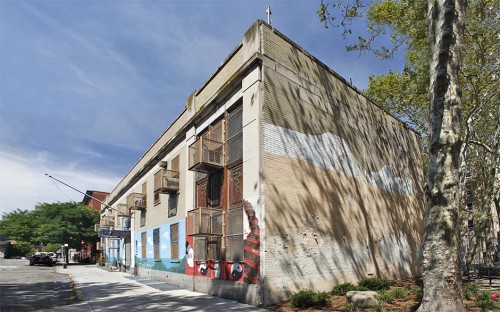From www.wnyc.org – The Intersection of Activism and Architecture
This segment is guest hosted by Arun Venugopal.
Nandini Bagchee discusses her book Counter Institution: Activist Estates of the Lower East Side. Intersecting architecture, urban design practices, geography, and cartography with history, politics, and sociology, the book deftly charts the history of activism in New York City and how the city can inspire and encourage political engagement. Using drawings, maps, timelines, and photographs to underline the connections between people, politics, and space, Bagchee offers new ways to imagine buildings as a critical part of the civic infrastructure and the activist history of New York.
Click Here to read on www.nyc.org






Recent Comments